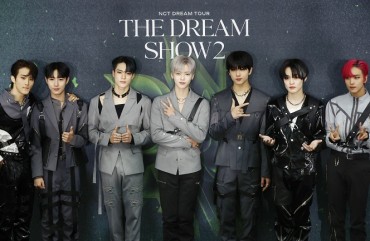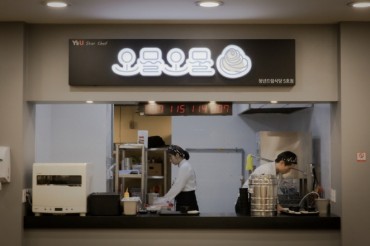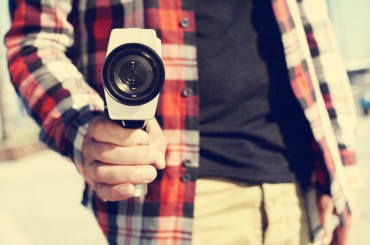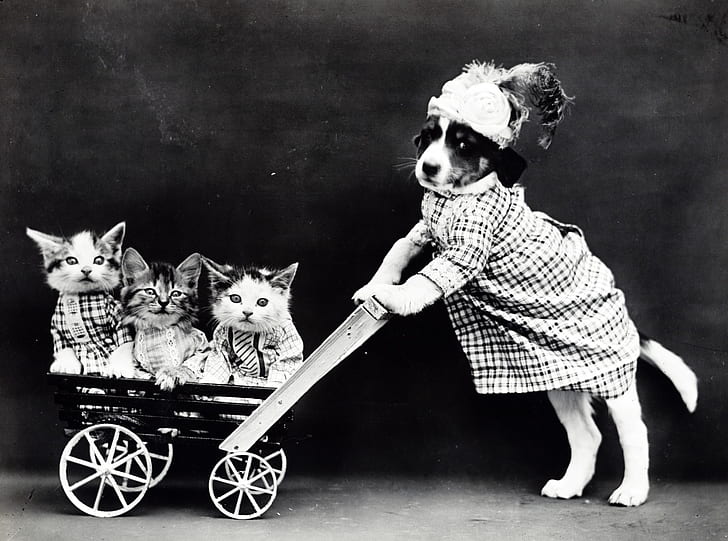
Pet stroller sales have, for the first time, surpassed baby stroller sales in the first three quarters of the year. (Image courtesy of Pickpik/CCL)
SEOUL, Dec. 25 (Korea Bizwire) – Amid a severe decline in birth rates, the increasing popularity of pet ownership in South Korea is leading to noticeable changes in consumer spending patterns. According to G-Market, a major online retailer, pet stroller sales have, for the first time, surpassed baby stroller sales in the first three quarters of the year.
When combining sales of both categories, pet strollers accounted for 57% of total sales in the first three quarters of 2021, a sharp increase from 33% in 2021 and 36% in 2022. In contrast, the sales proportion for baby strollers dropped from 67% in 2021 to 43% in 2021.
A G-Market representative noted that further analysis is required to understand why the two categories suddenly switched places this year. However, the trend of increasing sales of pet products and decreasing sales of baby products has been ongoing.
The low birth rate in South Korea is a well-established trend. The country’s total fertility rate – the average number of children a woman is expected to have in her lifetime – has shown a steep decline: 1.48 in 2000, 1.23 in 2010, 0.84 in 2020, and 0.78 last year.
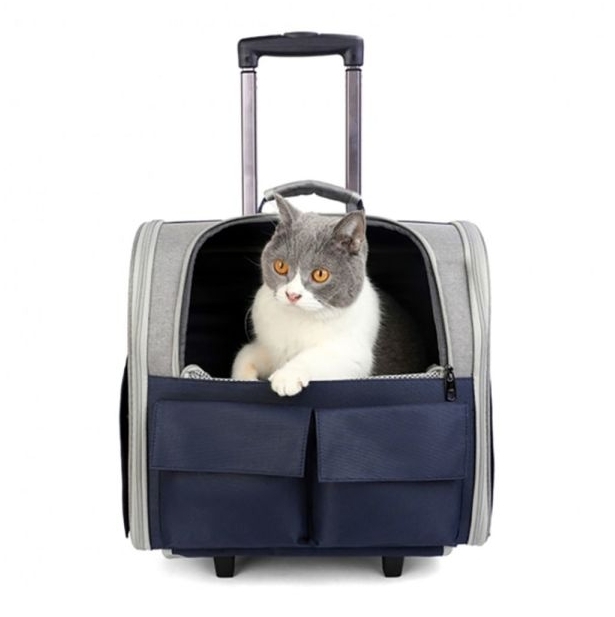
Pet stroller sales have, for the first time, surpassed baby stroller sales in the first three quarters of the year. (Image provided by G-Market)
Statistics Korea forecasts the rate to drop further to 0.72 in 2023 and 0.68 next year. The number of births has also decreased, from 640,000 in 2000 to 470,000 in 2010 and 270,000 in 2020, before dropping below the 250,000 mark last year.
On the other hand, pet ownership in South Korea has been on the rise. Recent statistics from the Ministry of Agriculture, Food and Rural Affairs indicate that one in four South Koreans (25.4%) owns a pet.

Pet stroller sales have, for the first time, surpassed baby stroller sales in the first three quarters of the year. (Image courtesy of Public Domain Pictures/CCL)
The dramatic shift in stroller sales is presumed to be a result of these two social phenomena intertwining. The trend towards luxury in baby and childcare products is also notable.
According to G-Market’s sales data, average spending per person on baby and childcare products increased by 16% compared to the same period last year, with significant increases in key product groups like baby strollers (22%), baby formula and food (18%), and diapers (4%).
In contrast, average spending per person on pet products increased by only 2%, and spending on pet strollers actually decreased by 8%. Despite economic pressures due to high inflation, consumers seem to prefer premium products for babies and childcare, while seeking cost-effective options for pet products.
G-Market observes that the trend towards luxury in baby and childcare products is intensifying over time, with terms like ‘Ten-Pocket Kids’ and ‘BIP’ (Very Important Baby) emerging, indicating a scenario where up to ten people, including parents, grandparents, aunts, uncles, and friends, are willing to spend on a single child.
Ashley Song (ashley@koreabizwire.com)



